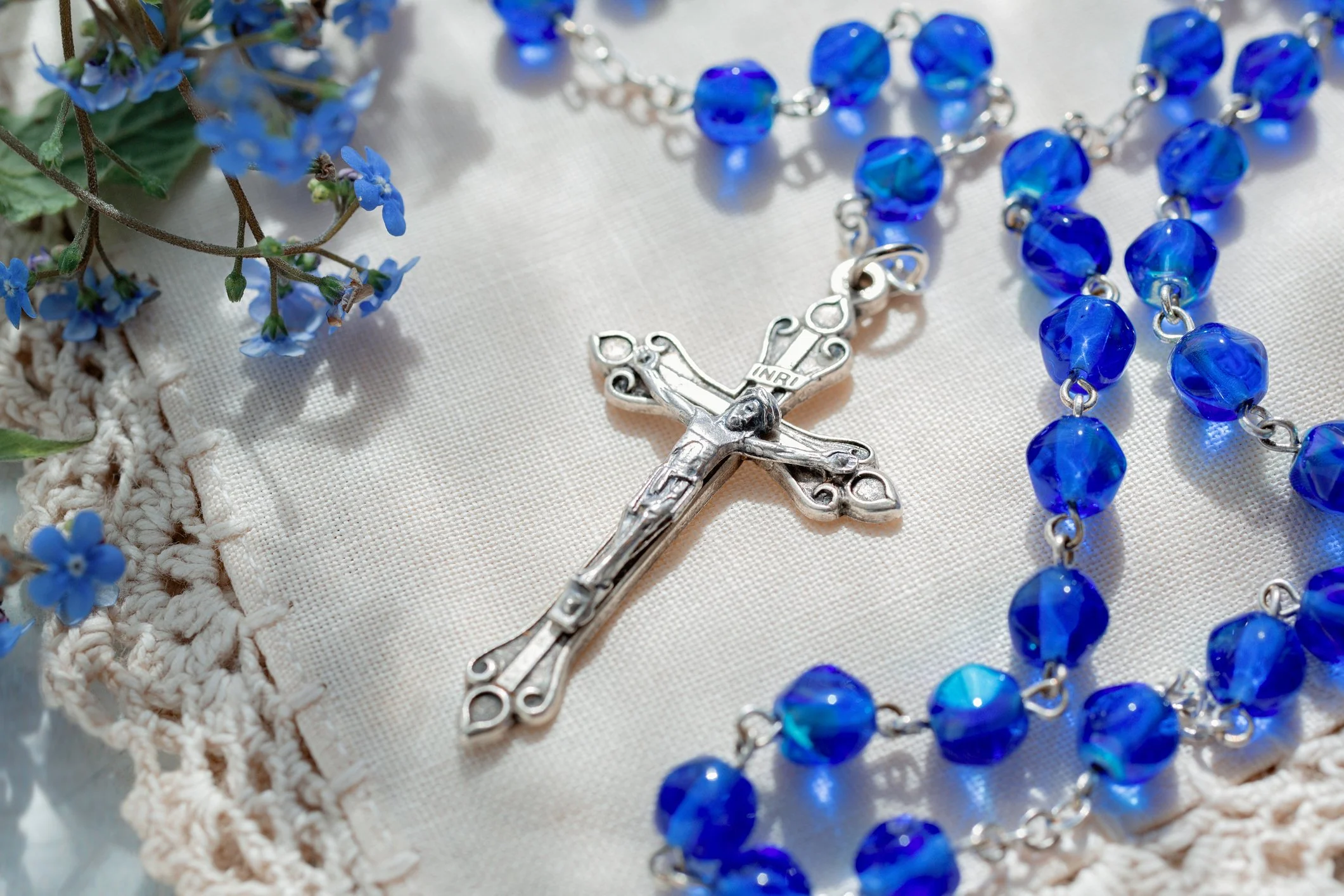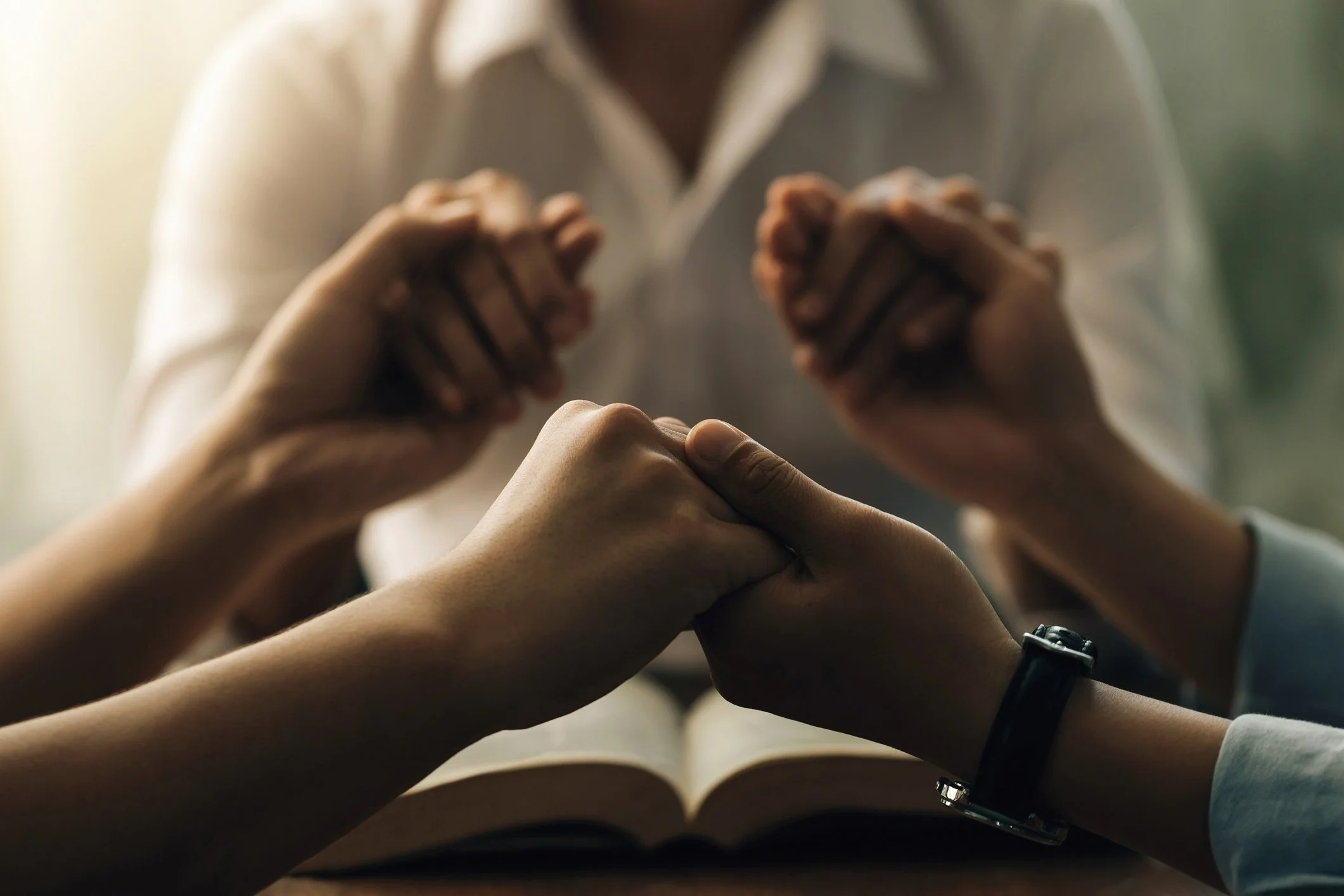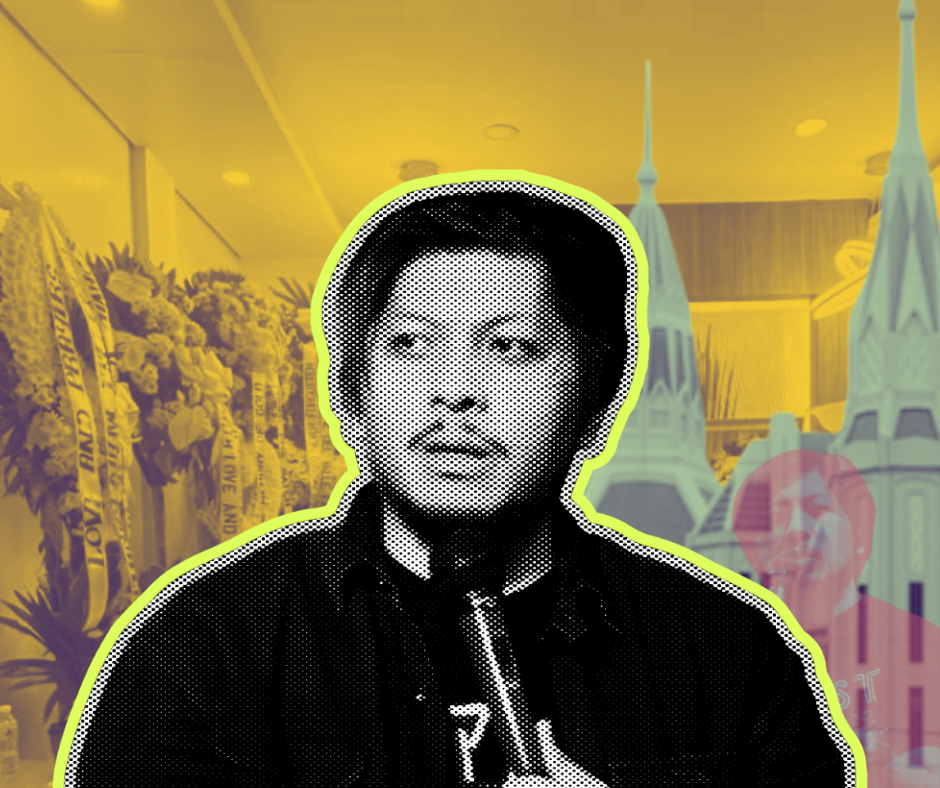Pagpag, Prayers, and Porto’s | What Planning My Mom’s Funeral Taught Me As A Filipino American
By Jennifer Redondo
Every culture has their own rituals surrounding funerals, mourning with death, and providing comfort to the grieving. In Filipino culture, we honor the departed with traditions deeply rooted in religion, family, and community. Growing up in the United States, I found the Filipino-American experience to be much different from the American way.
My first exposure to death was at the young age of five. The first funeral I ever attended was my paternal grandmother’s funeral in the United States, which was vastly different from that of my maternal grandmother’s funeral in the Philippines. What stood out the most was how viewings were done. In the States, we don’t house the deceased’s body or host viewings at our own homes, rather we contract a mortuary for memorial services for the viewing and burial.
Earlier this month, I laid my own mom to rest. Having just gone through this process, I wanted to share what I’ve learned from planning my mom’s funeral. My sister and I had to understand and respect our cultural traditions – some which we were aware of, but others we needed guidance to understand so that we could best honor our mom and preserve our culture. As Fil-Ams, we wanted to incorporate both American and Filipino elements for our mom’s memorial services.
Should you ever find yourself (or someone you know) in this unfortunate situation, here’s some guidance and ideas to help you navigate through this difficult process. Please note that some of these may seem silly and illogical, but it’s what makes us unique!
Below is a mixed list for both the immediate family and those showing love and support.
1. Be in the Spirit of Bayanihan
Bayanihan means “nation, town or community” in Tagalog. It is the practice of being in community and helping a family carry on during challenging times. It’s a way of supporting others, letting them know that they’re not alone.
Unlike American families, Filipino wakes are open to extended family and friends. It’s not private or limited to just the immediate family. Rather, we host a viewing for a couple of days before we lay the deceased to rest. This gives friends and family the opportunity to pay their respects and offer condolences.
2. Always Pray
Prayer plays a central role in Filipino culture. Immediately after the deceased leaves us on earth, Filipinos go straight to prayer. In the Catholic faith, after someone passes, we get together to pray the novena for nine days straight. Someone in the community leads the prayer and together we recite prayers for the dead and the Holy Rosary. Catholic Filipinos believe that prayer will help the departed transition smoothly from earth to purgatory to heaven. In parallel, Catholic masses get offered to pray for the eternal repose of the deceased’s soul.
Through and through, we stay praying! Forty days after a person’s passing, we get together again. The family sponsors a Holy Mass or a community prayer, followed by a feast to celebrate their loved one’s transition to heaven. Catholic Filipinos believe that the soul of the deceased remains until the 40th day. This belief is based on one’s soul going to heaven after 40 days, following the belief that Jesus Christ ascended to heaven after 40 days.
All Saints’ Day is a Filipino public holiday that takes place on November 1st. It’s a day reserved for praying and commemorating those who have faithfully departed. It’s a day to honor and remember our ancestors.
In my case, early next year we will celebrate my mom’s one year death anniversary. That will mark the end of the mourning period. At that time, friends and family will attend a Holy Mass and join us for a feast to honor my mother.
3. Incorporate Religious Rituals (if applicable)
My mom was Catholic so she wanted to be buried, not cremated. Cremation is not permitted in the Catholic church because it goes against the belief that the dead will be resurrected by the second coming of Christ, which requires the body to be intact.
Other religious rituals we incorporated included placing a rosary in my mother’s hands and a scapular around her neck. The rosary placement signifies that the Virgin Mary will pray for the soul’s eternal repose. Before mom was laid to her final resting place, my sister cut the rosary right before closing the casket. This is a physical representation of “breaking the cycle" to prevent a chain of deaths to follow. Many of our titas made sure we did not forget this step.
During my mom’s memorial services, we included a final rosary prayer to honor her Catholic faith. Towards the later part of my mom’s life, we attended a non-denominational, Christian church with her. We invited our pastor to deliver one last message and final blessing.
4. Don’t Forget the Shoes!
No matter what, Filipinos stay fly! Of course, we made sure to send mom off in style, still rocking the best clothes and shoes. Even though you cannot see the deceased person’s feet, you must buy new shoes. Though, the shoes should not be worn. The shoes are simply placed in the casket near the feet. This is based on the belief that the spirit of the deceased may still be in the house. Placing unworn shoes in the casket prevents the deceased person’s footsteps from being heard at home.
5. Wear Dark Colors
Funeral attendees and the immediate family should wear dark clothes. Black is considered the color of grief and mourning. Do not wear red or other bright color clothing, as it is associated with joy and is believed to attract evil spirits. However, for young children, the opposite is true – they are encouraged to wear red because it’s believed that bright colors protect them from having nightmares.
Speaking of clothing, out of respect for the deceased, you must wait one year to wear their clothes. Take your time before getting rid of their clothes and shoes. Keep a few items that you’d like to keep for sentimental reasons.
6. Practice Pagpag
Pagpag translates to the “act of shaking off dust or dirt”. Wake visitors should not go directly home after visiting the deceased. Make sure to stop somewhere else before heading home, to confuse the spirit of the dead so they don’t follow you home. Some common spots include the gas station, convenience store, or restaurant.
7. Show Support Through Gifts
A death in the family can be very stressful, so any help that you can offer will ease the burden during the funeral preparations. A few ways you can show support is through gifts – in the form of money, food, and/or flowers. During the wake, relatives and friends serve refreshments and drinks. It’s a time to get together and celebrate. If you attend a wake, bring food that can be shared with others. Preferably, food that is easy to eat and doesn’t require refrigeration or heat. Crowd favorites include Porto’s cheese rolls and potato balls, Starbread, turon, and of course, lumpia!
Abuloy (monetary donations) are given to the family, to help with funeral expenses. In our experience, this was welcomed and very much appreciated because burying a loved one is extremely expensive, especially when it’s not something that’s talked about and planned ahead of time. In our culture, it’s not really something we talk about. To be honest, this is a whole topic that we need to explore further and in depth.
These kind gestures and show of support were greatly appreciated. We were grateful for all of the monetary donations, food and flowers that our family and friends sent over. All of it was super helpful and necessary during this extremely difficult time. Anything helps, small or big!
8. Eat All you Can Eat, but No Takeout
As much as Filipinos love food and as much as we love to share food, it must not be removed or consumed outside of the wake site. While at the wake, mourners are welcomed to eat as much as they please. However, take out is not recommended as the belief is that doing so will attract misfortunes and/or the spirits will follow you.
One more thing I wanted to share, which I never really thought about until one of my non-Filipino friends asked me why people posed and took photos standing in front of the casket with the deceased person’s body. I didn’t think this was strange or out of the ordinary because it was something that I saw at Filipino wakes. Another thing she pointed out was that a Filipino funeral felt more like a celebration and party, where people catch up, eat, and share stories. Compared to the typical American funerals that she usually attends, she found Filipino funerals to be much more lively and exciting.
These superstitions and traditions that I mentioned above may seem unusual at first, but it was comforting to have guidelines to follow, to help my sister and I process and grieve our mom’s passing. It was also a way to honor our mom, preserve our culture and display our beliefs. It was a way for us to incorporate both our Filipino and American culture, to best represent who we are and how our mom raised us. We are so glad we were able to share this moment with our community. We are grateful to have so much love and support during one of the hardest, most difficult heartbreaks we have experienced in our lives.

























A tragic incident struck Vancouver’s Lapu Lapu Festival as an SUV drove into a crowd, leaving multiple dead and injured. The driver is in custody. Stay updated as this story unfolds and join us in keeping the Filipino community in our thoughts.